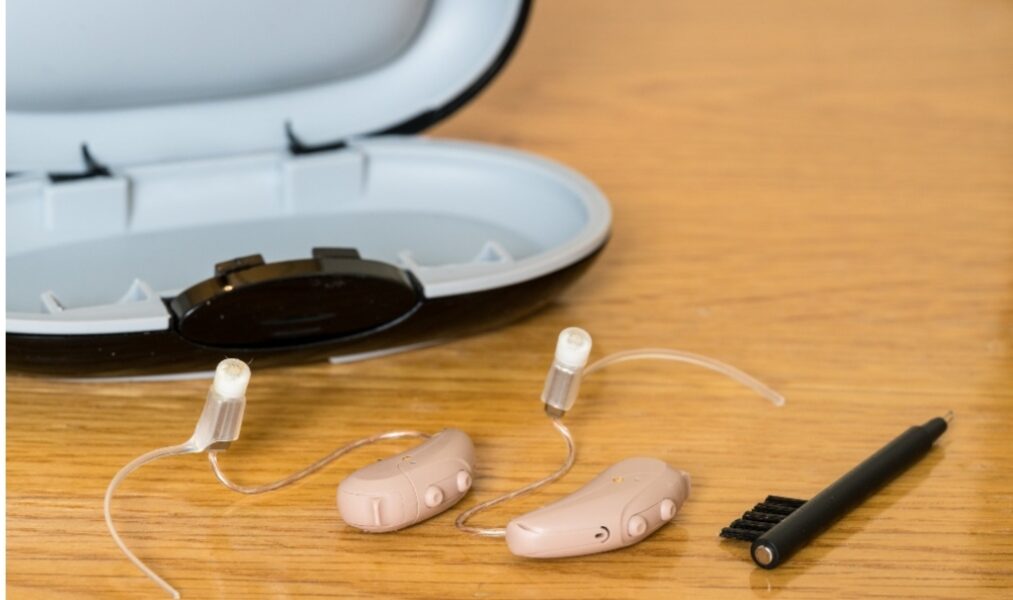Innovative Technologies for Hearing Aid Maintenance and Restoration
Hearing aids can give us back a quality of life, but only if we’re able to use them. Sometimes, you forget to take care of your hearing aids because of other things in your life. Then, they start to work incorrectly.
If this has happened to you or someone you know, it may be time for a hearing aid maintenance appointment. Where was this appointment when you needed one? More importantly, how can you make sure you can maintain the health of your hearing aids going forward?
Relax and keep reading. We’ll go over several innovative technologies for hearing aid maintenance.
The Common Challenges of Hearing Aid Maintenance
Let’s first look at the common challenges users face in keeping hearing aids in good condition. Then, we can explore the innovative technologies that help maintain and restore these devices.
Moisture and Wax Buildup
Moisture and wax are arch-nemeses of hearing aids. The delicate electronic components can be damaged by the accumulation of moisture and wax over time. Users in humid environments or with excessive earwax face a big challenge.
Battery Management
Most hearing aids rely on batteries for power, and managing battery life is a constant concern. Sometimes, users face situations when the battery dies suddenly. This can interrupt communication and make them feel isolated.
Feedback and Whistling
Feedback and whistling noises can be a source of frustration for hearing aid users. These sounds not only affect the user’s experience but can also be disruptive to those around them.
Innovative Solutions for Hearing Aid Maintenance
Now, let’s learn about new ear device technology that solves common problems and is easy to use.
Nanocoatings for Water Resistance
Researchers have created nanocoatings to fight moisture problems by shielding against water. These coatings keep water away and stop it from entering the hearing aid’s delicate electronic parts. This technology is a game-changer for people who are active or live in humid places.
Automatic Cleaning Systems
Keeping hearing aids clean is crucial for their longevity and performance. Recognizing this, manufacturers have introduced automatic cleaning systems.
These systems clean hearing aids automatically. They remove debris and moisture without needing manual effort. Users can easily put their devices in a special cleaning unit. The unit takes care of the rest, so maintenance is hassle-free.
Predictive Maintenance
Imagine a hearing aid that not only adjusts to your preferences but also predicts when it needs maintenance. AI enables predictive maintenance in hearing aids. The device monitors its performance and detects issues early.
By being proactive about hearing aid maintenance, you can make the device last longer and prevent malfunctions.
Artificial Intelligence in Battery Management
Artificial intelligence (AI) has made its way into hearing aids, revolutionizing battery management. AI algorithms analyze usage patterns and optimize power consumption, extending battery life.
Certain models have predictive features that notify users when the battery is running low, so they can replace it promptly.
Feedback Cancellation Algorithms
Modern hearing aids use advanced algorithms to prevent feedback and whistling sounds. The algorithms find and stop feedback sounds, so users and people nearby can hear clearly and comfortably. Thanks to AI algorithms, feedback cancellation is now more accurate and efficient.
Solar-Powered Hearing Aids
Batteries have long been a concern for hearing aid users, often requiring frequent replacements. To address this issue, solar-powered hearing aids have emerged as an eco-friendly alternative.
These devices have tiny solar panels that turn sunlight into energy, reducing the need for regular batteries. This helps the environment and saves money, making it a better choice for users.
Wireless Connectivity
Imagine a world where your hearing aids connect easily to your smartphone, TV, and other devices. Thanks to wireless connectivity, this is now a reality. Most new hearing aids have Bluetooth, so users can stream audio from their devices.
This not only enhances the listening experience but also allows for discreet phone calls and audio streaming. Hearing aids are important for people who want to switch between audio sources.
Restoration Technologies for Hearing Aids
Maintenance is important for hearing aids’ longevity. Device restoration tech helps address issues promptly and effectively.
Remote Troubleshooting
Remote troubleshooting is a new way for hearing healthcare professionals to fix hearing aids from far away.
Professionals can easily make changes, update software, and fix issues online, without meeting in person. This saves time for users and makes hearing healthcare services more accessible.
Personalization and Customization Restoration
Users can get personalized hearing aid settings based on their unique needs. This helps create a more comfortable listening environment, making it easier to enjoy sounds naturally. Customizable features extend beyond sound levels; users can also customize several other elements of their audio experience, such as:
- bass
- treble control
This makes it easy to find the perfect balance for any situation. Check this page on hearing aids restoration and repair to learn more.
3D Printing for Custom Parts
When components of a hearing aid break or need replacement, 3D printing comes to the rescue. This technology can make custom parts with precision, so they fit perfectly and work well.
Users no longer need to wait for replacements to be shipped; instead, they can have a new part printed on demand.
Machine Learning for Personalized Settings
Now, hearing aids can adapt to your likes and environment with the help of machine learning. These algorithms analyze user feedback. They adjust settings based on the feedback.
The algorithms continuously learn to improve the listening experience. This adaptive technology ensures that the hearing aid evolves with the user’s needs over time.
A Clearer Future for Hearing Aid Users
In summary, new technologies are always improving how hearing aids are maintained and fixed. New features like automatic cleaning and remote control options help in hearing aid maintenance and make them last longer.
To benefit from these improvements, see a professional regularly and learn about new ways to care for your hearing aids. Don’t wait, schedule an appointment today and improve your hearing aid experience!
Is there a question that’s been keeping you up at night? You’re in luck, we cover everything from style to health, so dive in and explore your new favorite blog.




